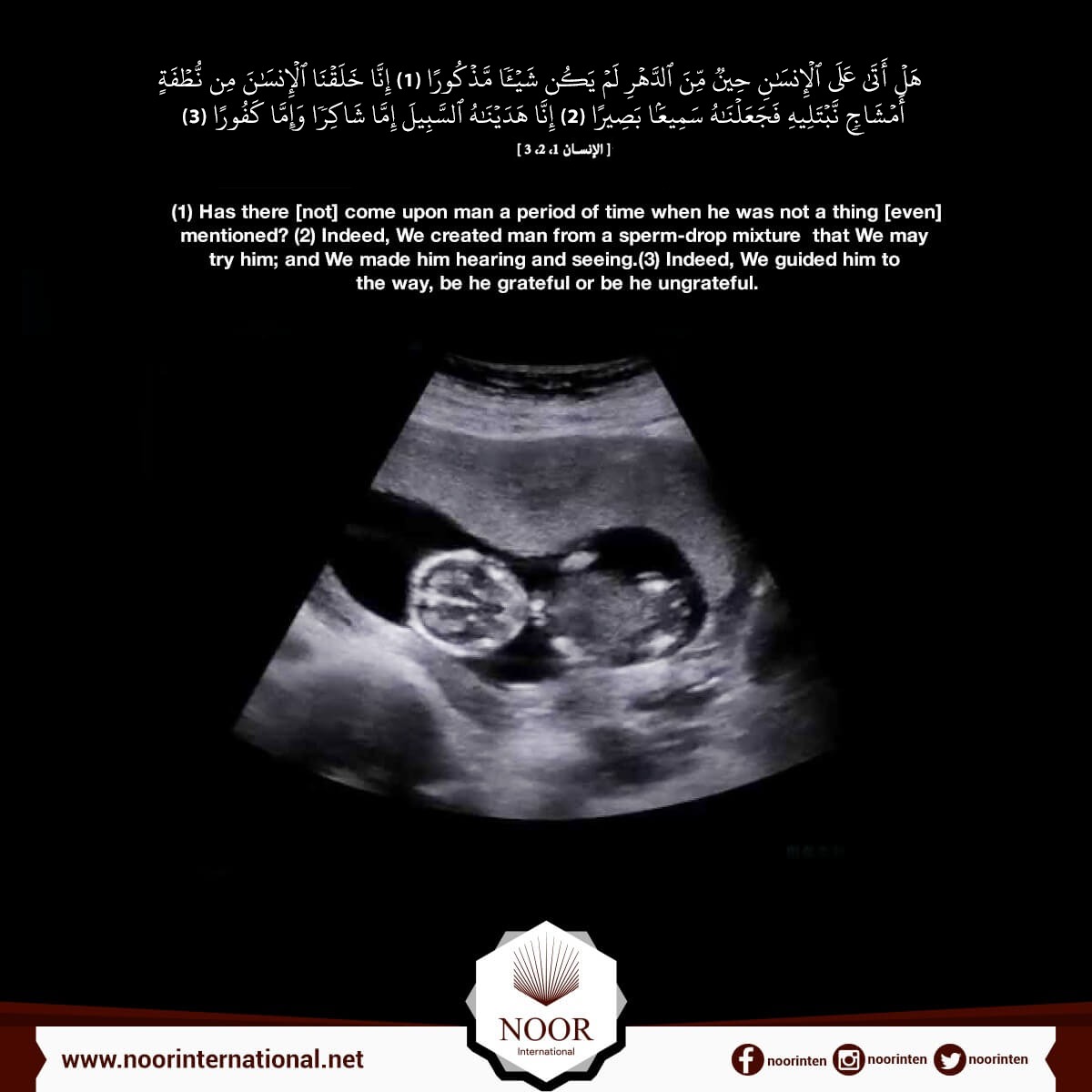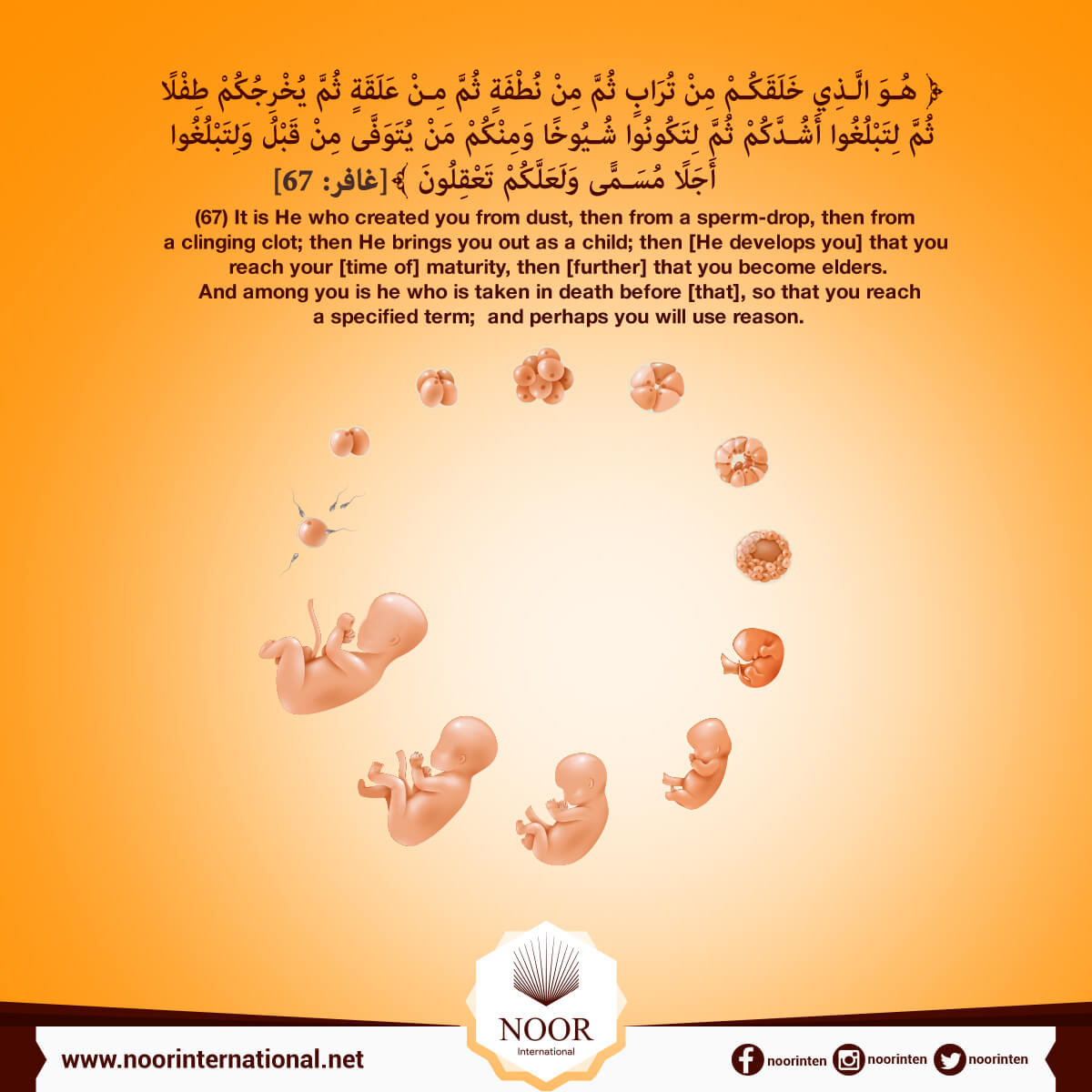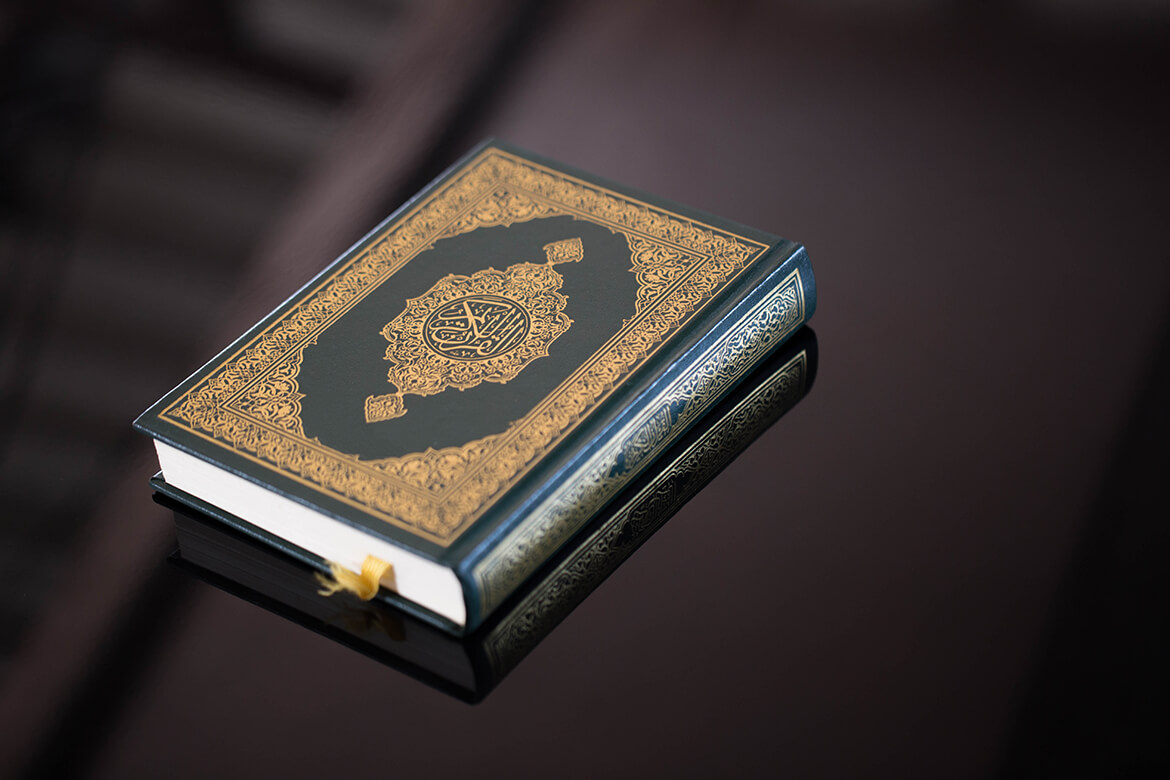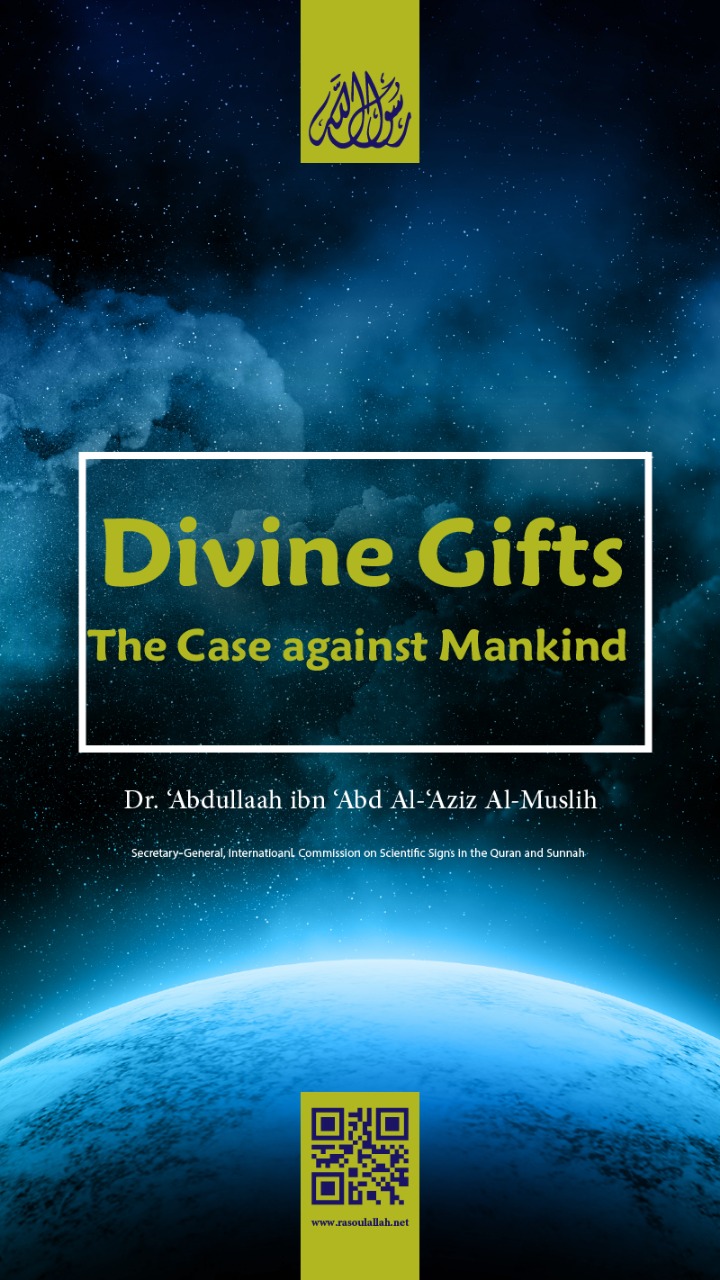For a long time European philosophers and scientists believed that the earth stood still in the centre of the universe and every other body including the sun moved around it. In the West, this geocentric concept of the universe was prevalent right from the time of Ptolemy in the second century B.C. In 1512, Nicholas Copernicus put forward his Heliocentric Theory of Planetary Motion, which asserted that the sun is motionless at the centre of the solar system with the planets revolving around it.
After these discoveries, it was thought that the Sun was stationary and did not rotate about its axis like the Earth. I remember having studied this fallacy from Geography books during my school days. Consider the following Qur’anic verse:
{ And it is He who created the night and the day and the sun and the moon; all [heavenly bodies] in an orbit are swimming.}
[Al-Qur’an 21:33]
The Arabic word used in the above verse is yasbahoon. This word is derived from the word sabaha. It carries with it the idea of motion that comes from any moving body. If you use this word for a person on the ground, it would not mean that he is rolling but would imply that he is walking or running. If you use this word for a person in water, it would not mean that he is floating but would imply that he is swimming. Similarly, if you use the word yasbah for a celestial body such as the sun, it would not only mean that it is flying through space but would also mean that it is rotating as it goes through space. Most school textbooks have now incorporated the fact that the sun rotates about its axis.
{ It is not allowable for the sun to reach the moon, nor does the night overtake the day, but each, in an orbit, is swimming.}
[Al-Qur’an 36:40]
This verse mentions an essential fact discovered only recently by modern astronomy, i.e. the existence of the individual orbits of the Sun and the Moon, and their journey through space with their own motion.
The ‘fixed place’ towards which the sun travels, carrying with it the solar system, has been located precisely by modern astronomy.The moon rotates around its axis in the same duration that it takes to revolve around the earth.
It takes approximately 29½ days to complete one rotation.
One cannot help but be amazed at the scientific accuracy of the Qur’anic verses.
Should we not ponder over the question: “What is the source of knowledge contained in the Qur’an?”























































